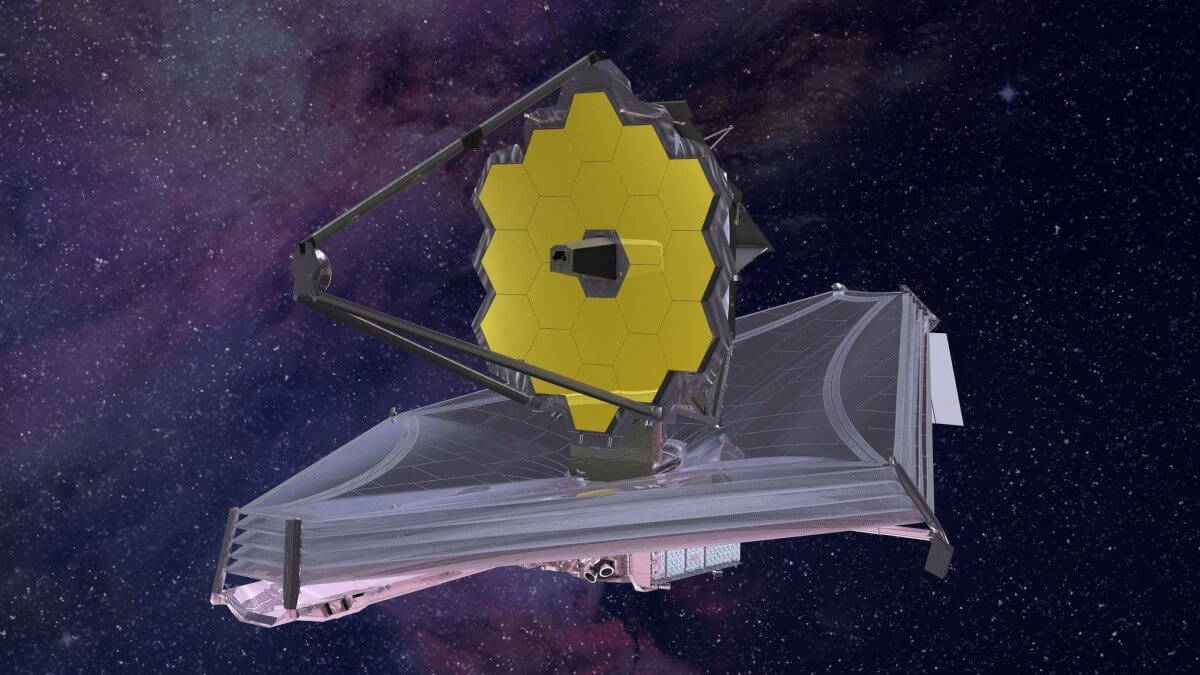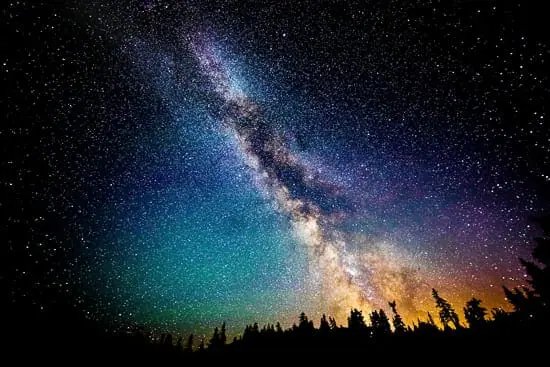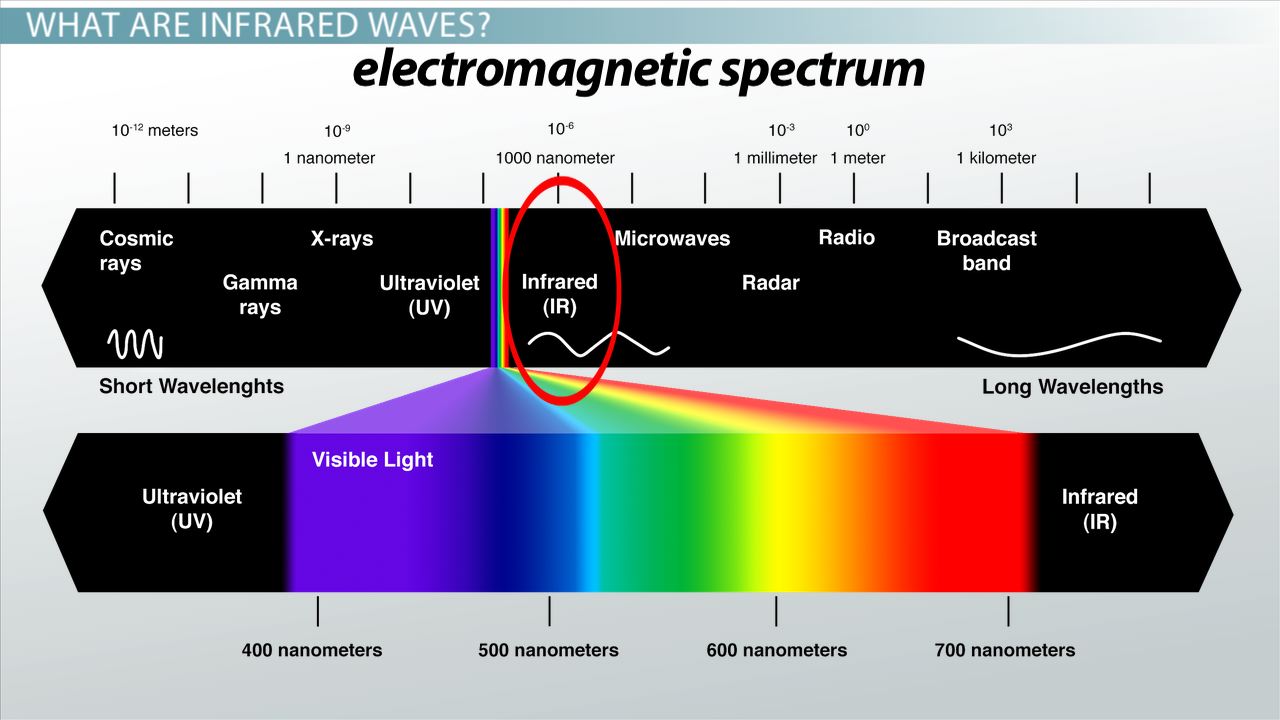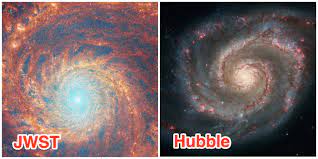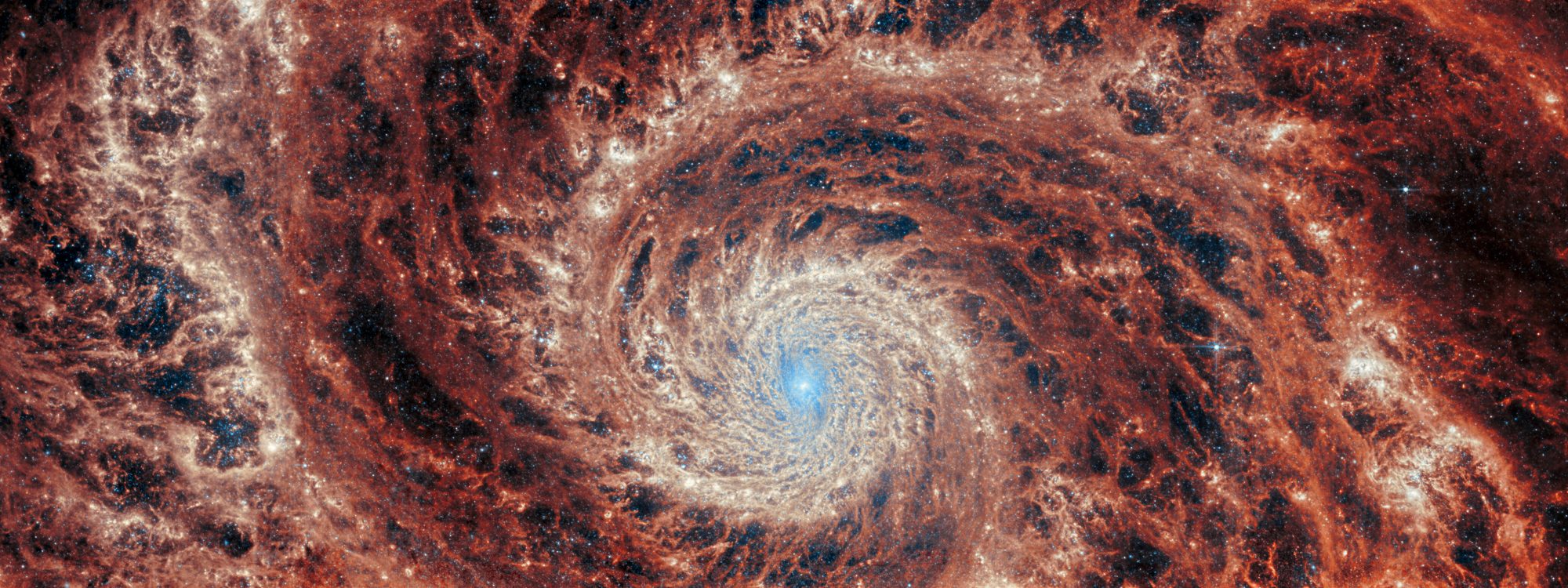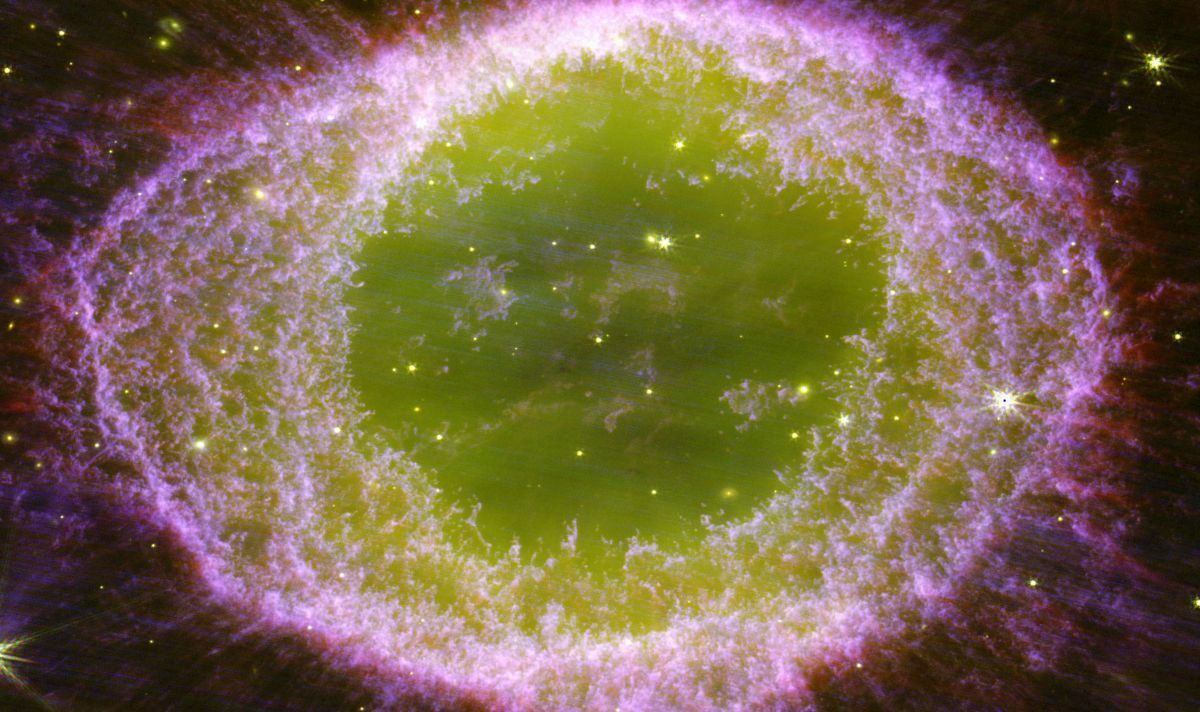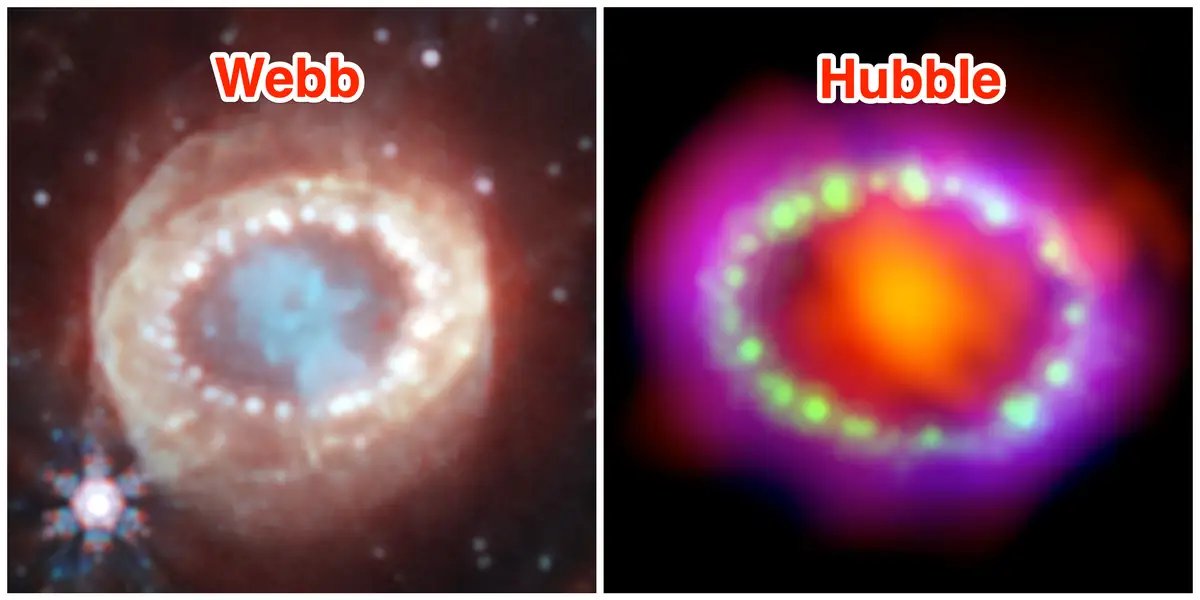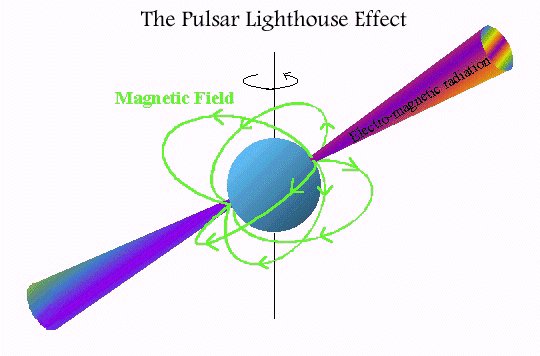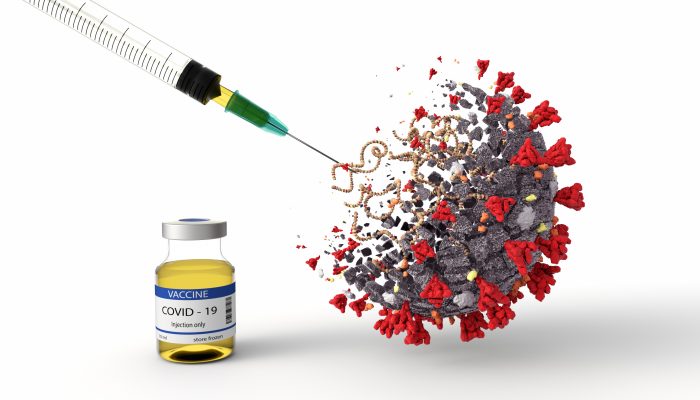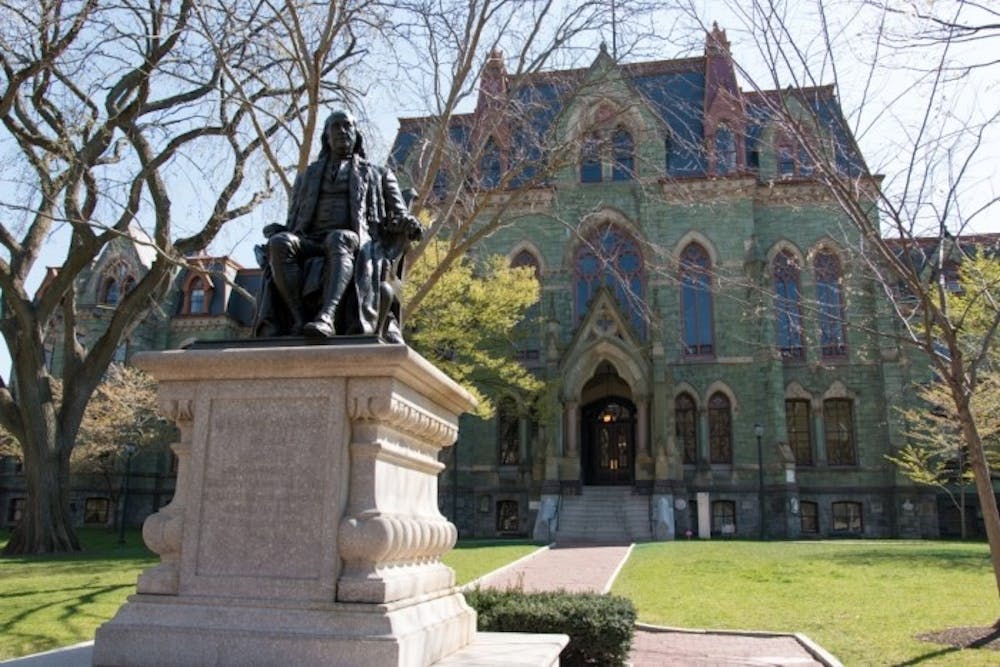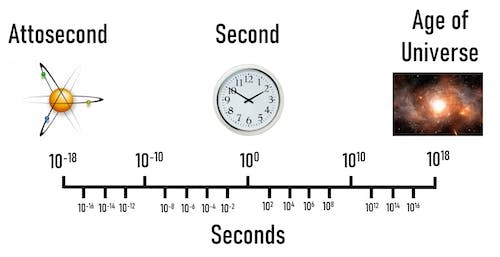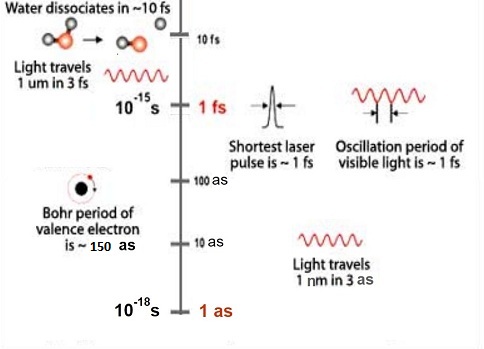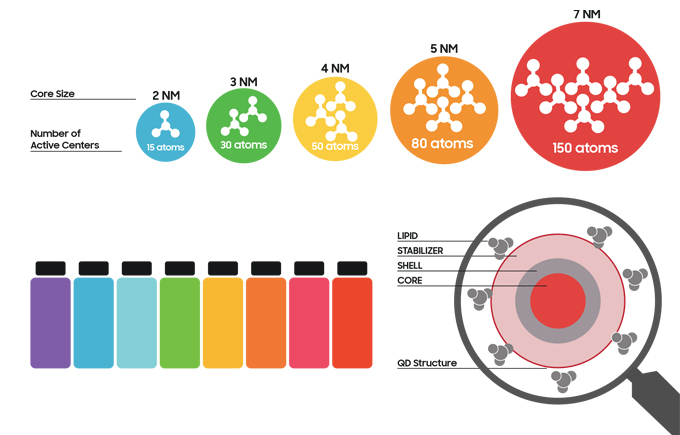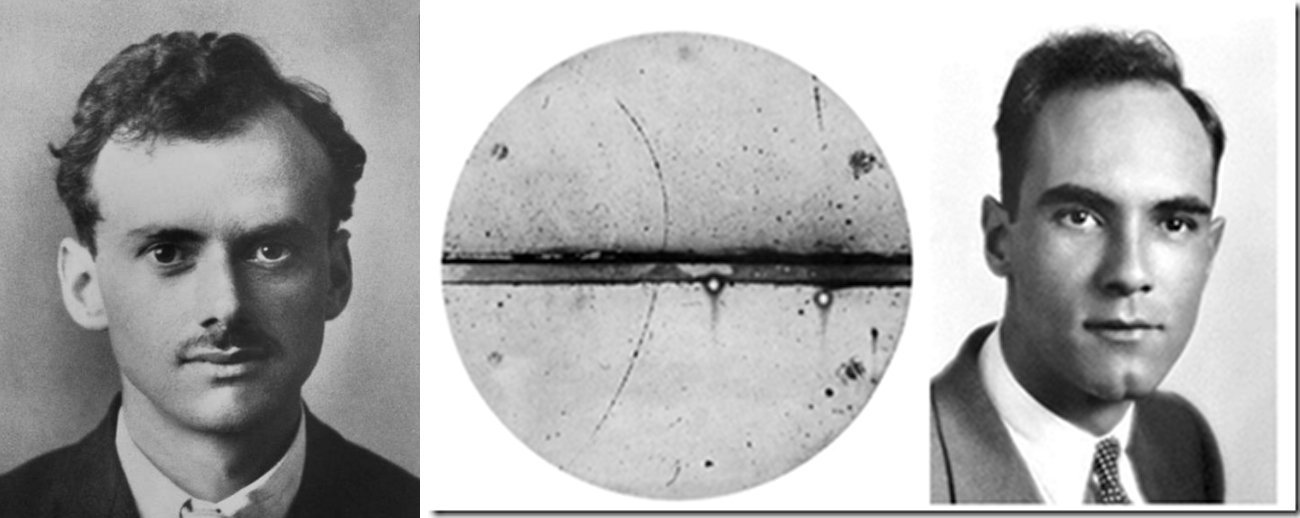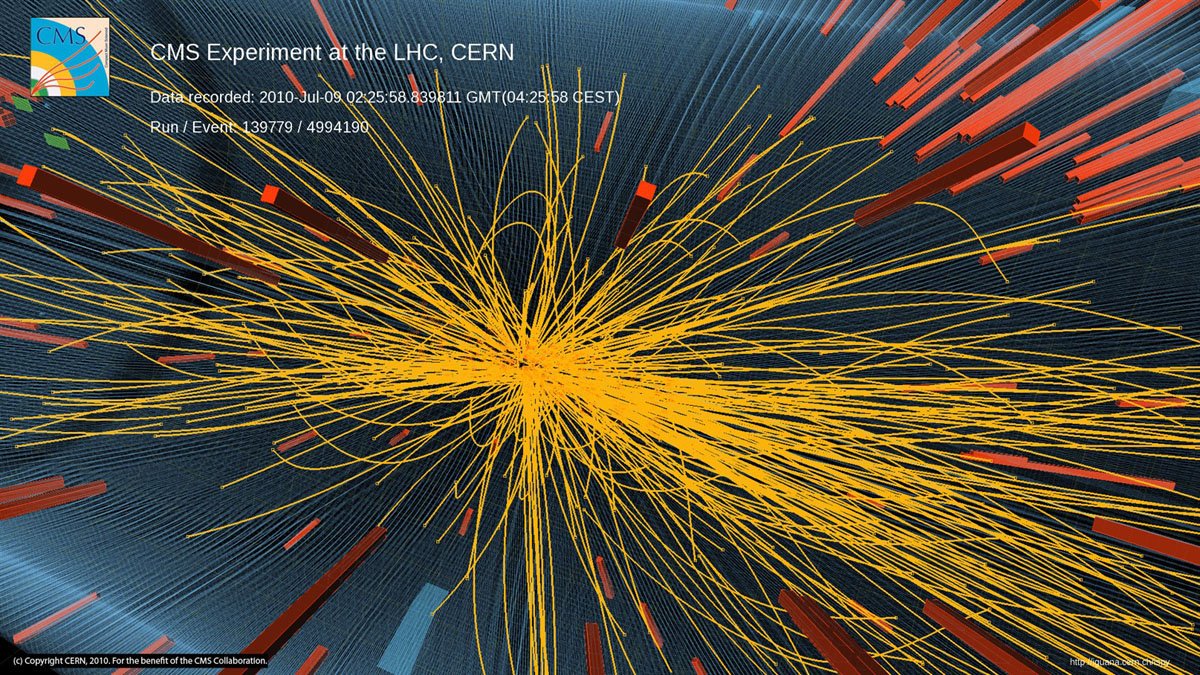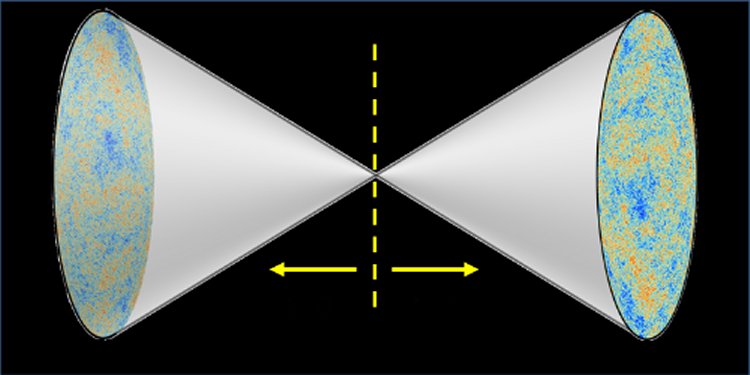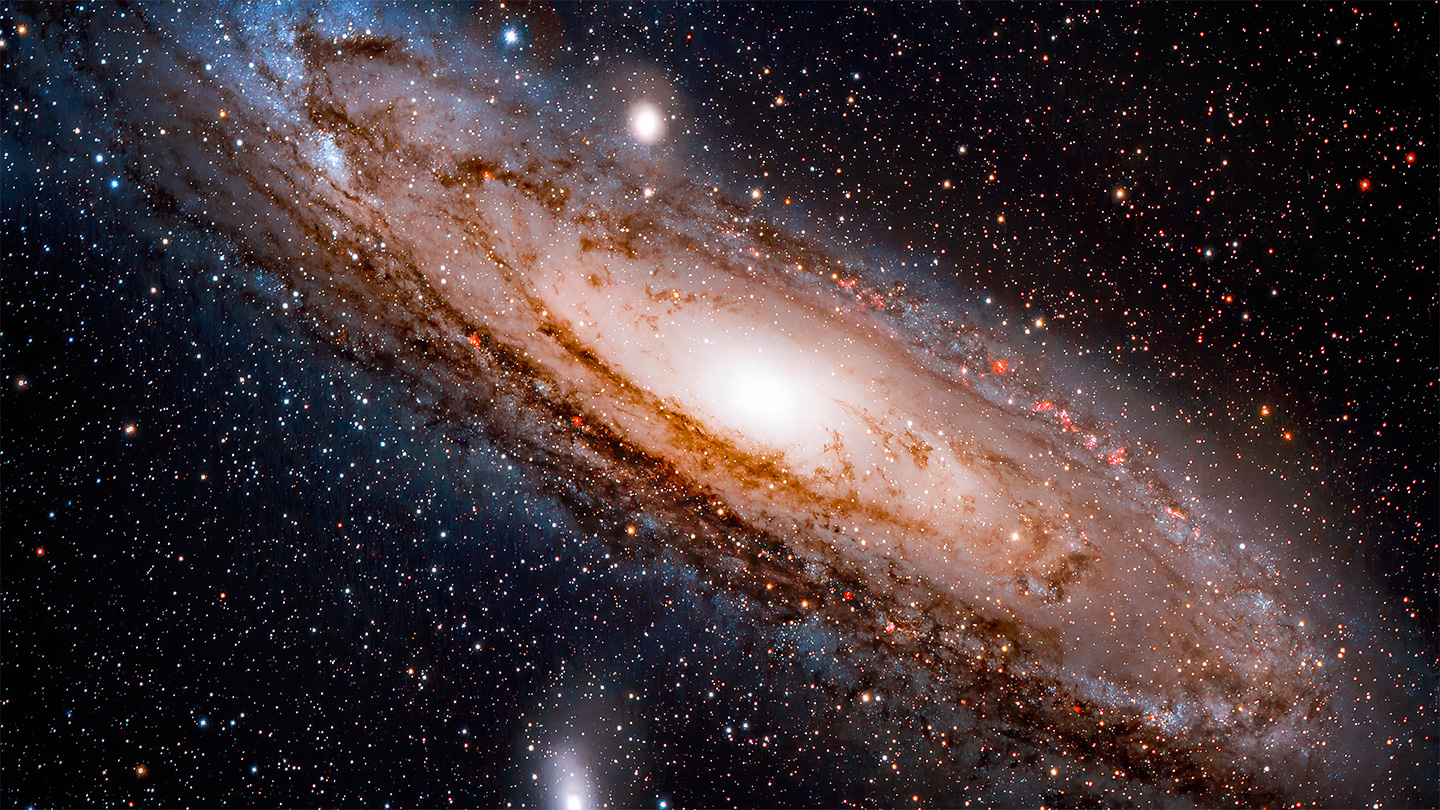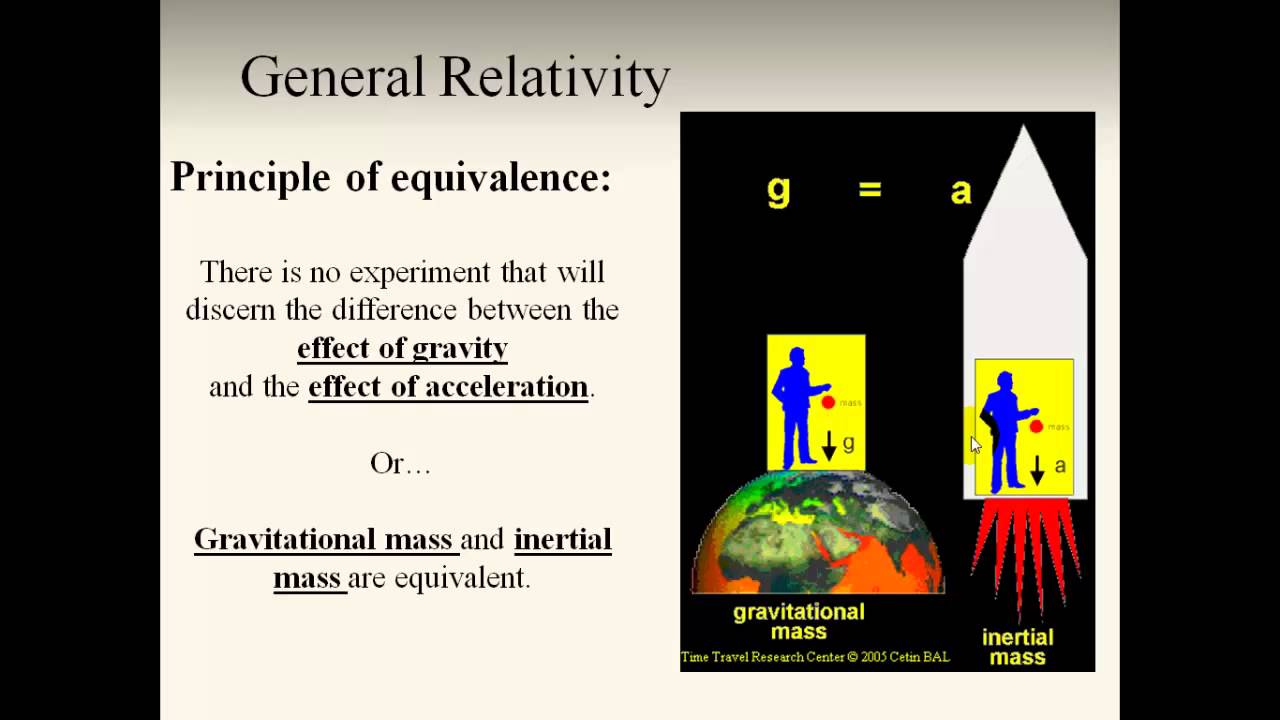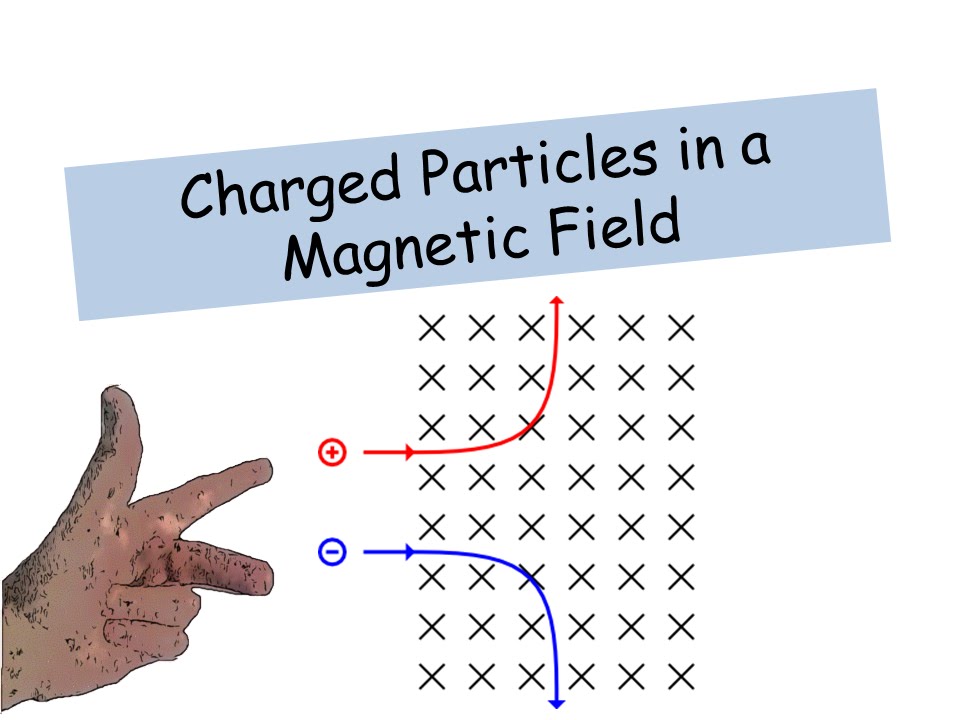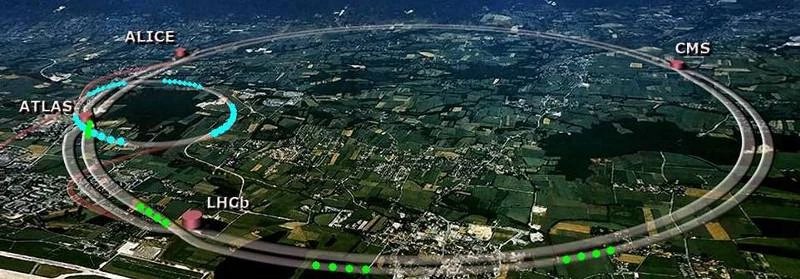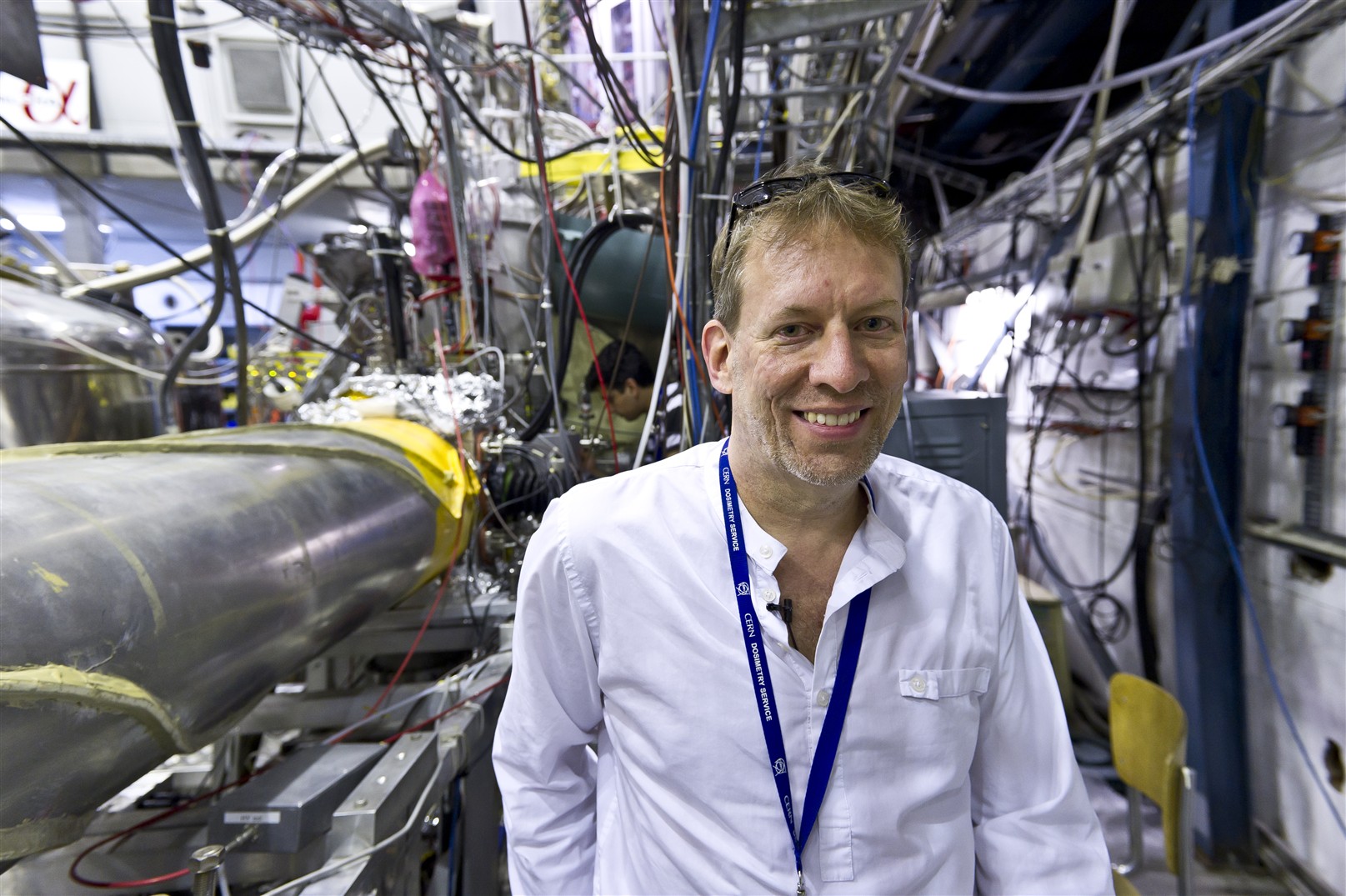The big news in space this month is the return of the OSIRIS-Rex probe from its seven-year long mission to the asteroid Bennu, see my posts of 21 October 2020 and 1 May 2021. During the probe’s more than yearlong study of the asteroid in October of 2020 the spacecraft made a pogo stick style bounce off of Bennu that succeeded in collecting an estimated 250 grams of the asteroid’s material. Once the spacecraft had gathered its precious cargo it ignited its rockets once more for the three-year journey back home.
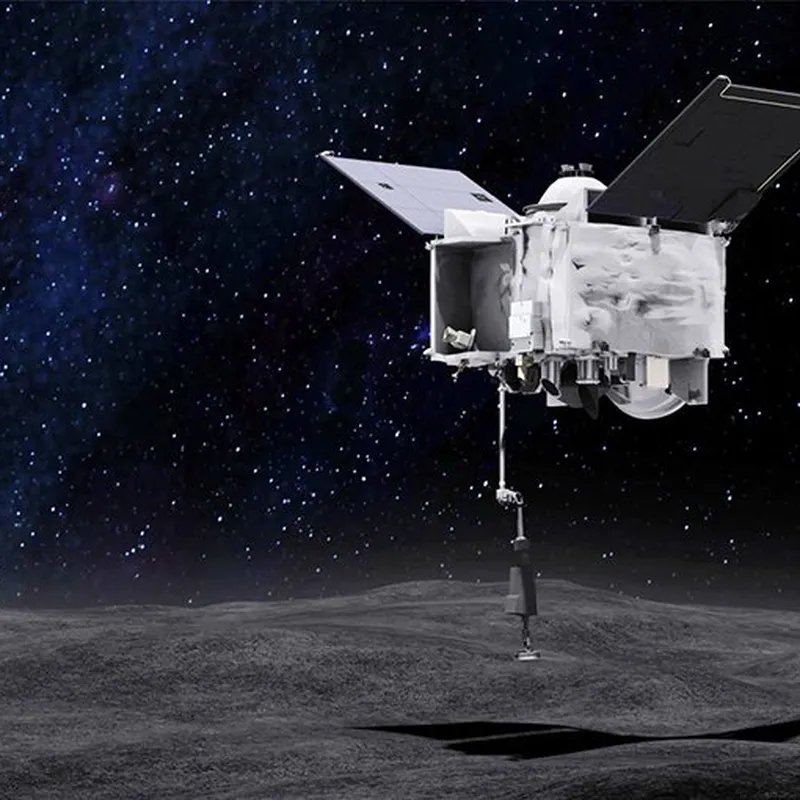
On September 24th, as the school bus sized main probe passed by the Earth it dropped off a suitcase sized capsule that entered our atmosphere at around 8:40 AM Mountain Daylight Time. The capsule’s descent, including both drogue and main parachute deployment, were flawless and at 8:53 MDT the capsule landed at the US Army’s Proving Ground in Utah and within 30 minutes a NASA recovery team was on the spot and the capsule secured.
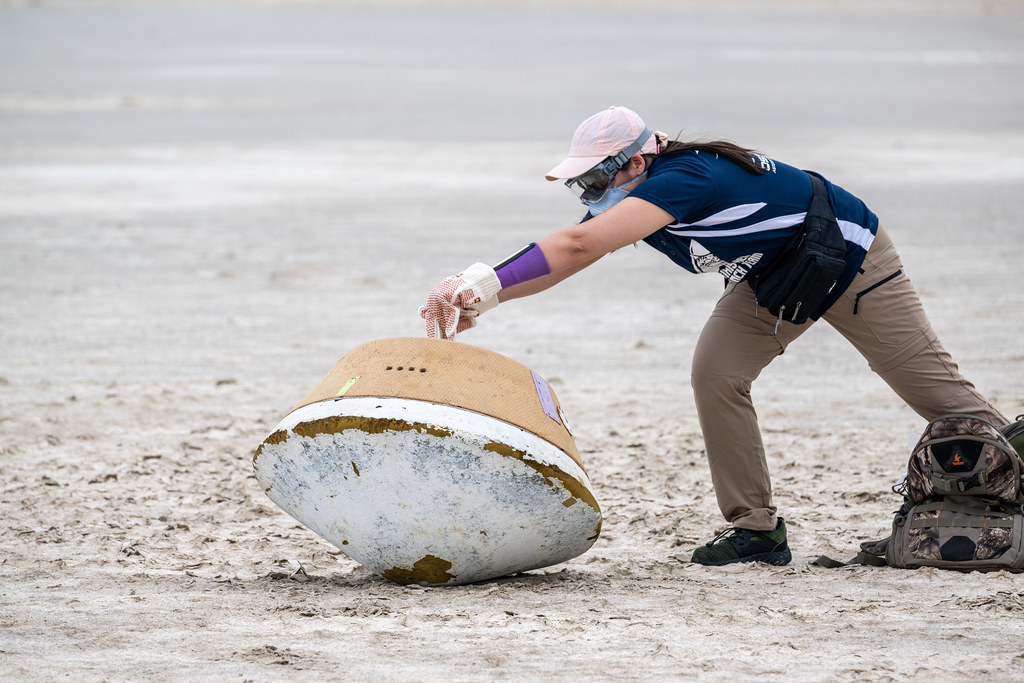
Taking the utmost care to prevent the capsule’s precious contents from becoming contaminated by anything of this Earth, the NASA personnel took it to a small, especially prepared clean room at the Army base. There the capsule underwent more procedures designed to prevent contamination in order to prepare it for its plane ride to the Johnson Space Center at Houston.

That plane ride took place the very next day and now the samples of asteroid dirt are in Texas undergoing their initial evaluation. A public announcement of the results of those initial tests took place later in the month. In the years to come scientists all over the world will have their chance to study some of the material brought back from Bennu in the hopes of learning clues as to how our Solar system came into being as well as how some of the chemicals of life, basically carbon and water, came to our Earth.
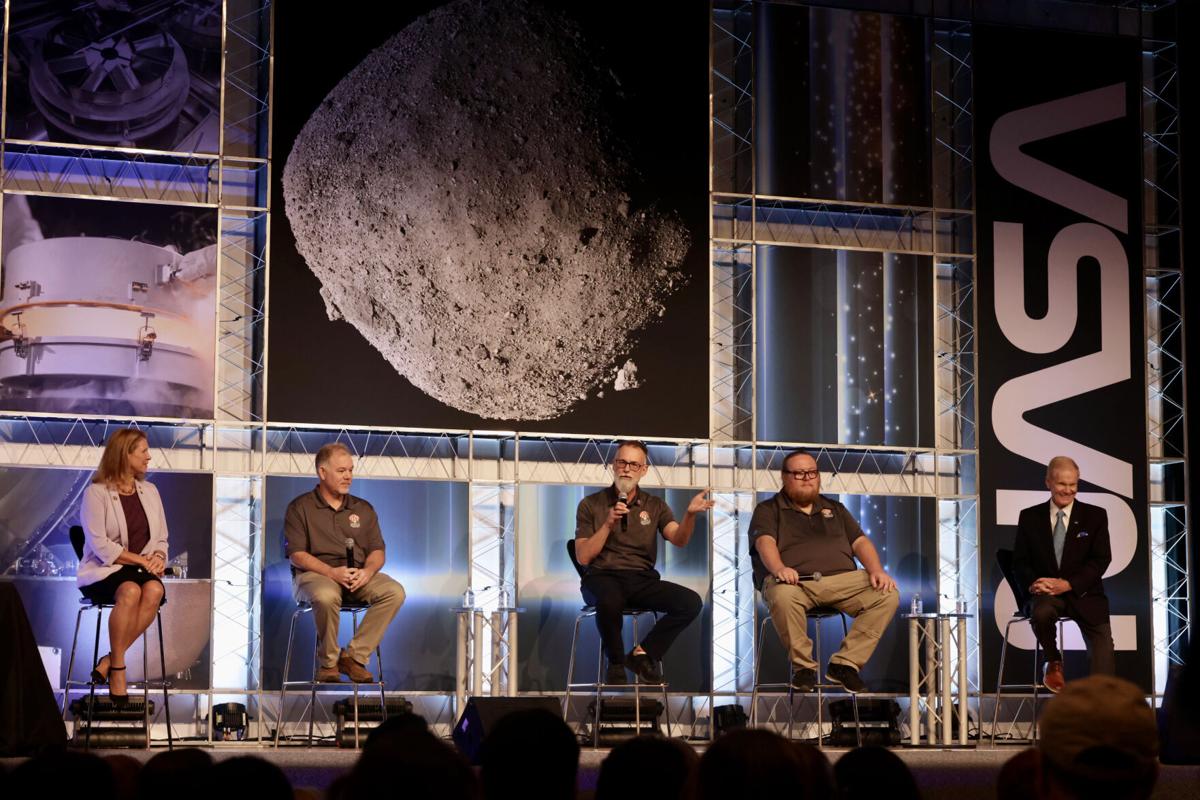
O’k so the capsule contained material from Bennu landed safely back here on Earth but what about the main OSIRIS-Rex space probe, what’s going to happen to it? Well, it’s still out there, after dropping off the capsule it fired it engines again and is now on it’s way to another asteroid, one named Apophis which the probe is scheduled to reach in 2029. By the by, that same year Apophis will also pass by our planet at one tenth the distance of the Moon.
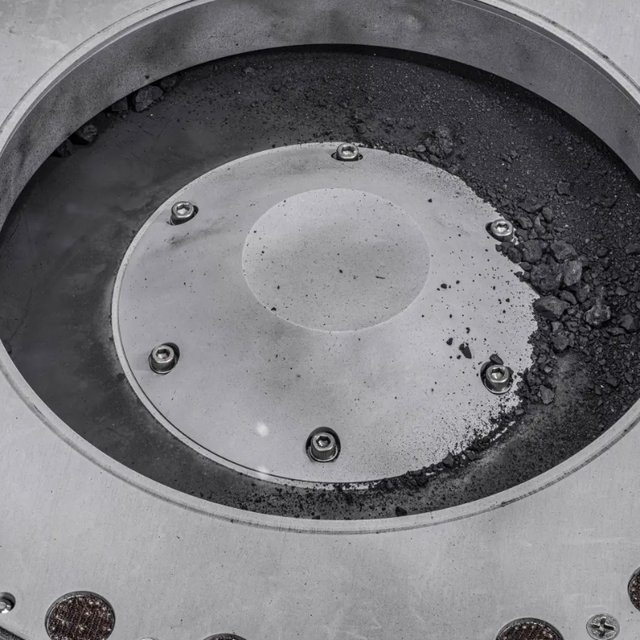
Another NASA interplanetary probe has also been making some dramatic headlines is the Parker Solar Probe which continues to adjust it orbit taking it closer and ever closer to the Sun, see my posts of 7 June 2017 and 18 December 2019. Now just getting to the Sun is dangerous enough, its surface temperature is over 5,000º C after all and last year in September of 2022 the hazards of getting too close to the Sun increased dramatically.
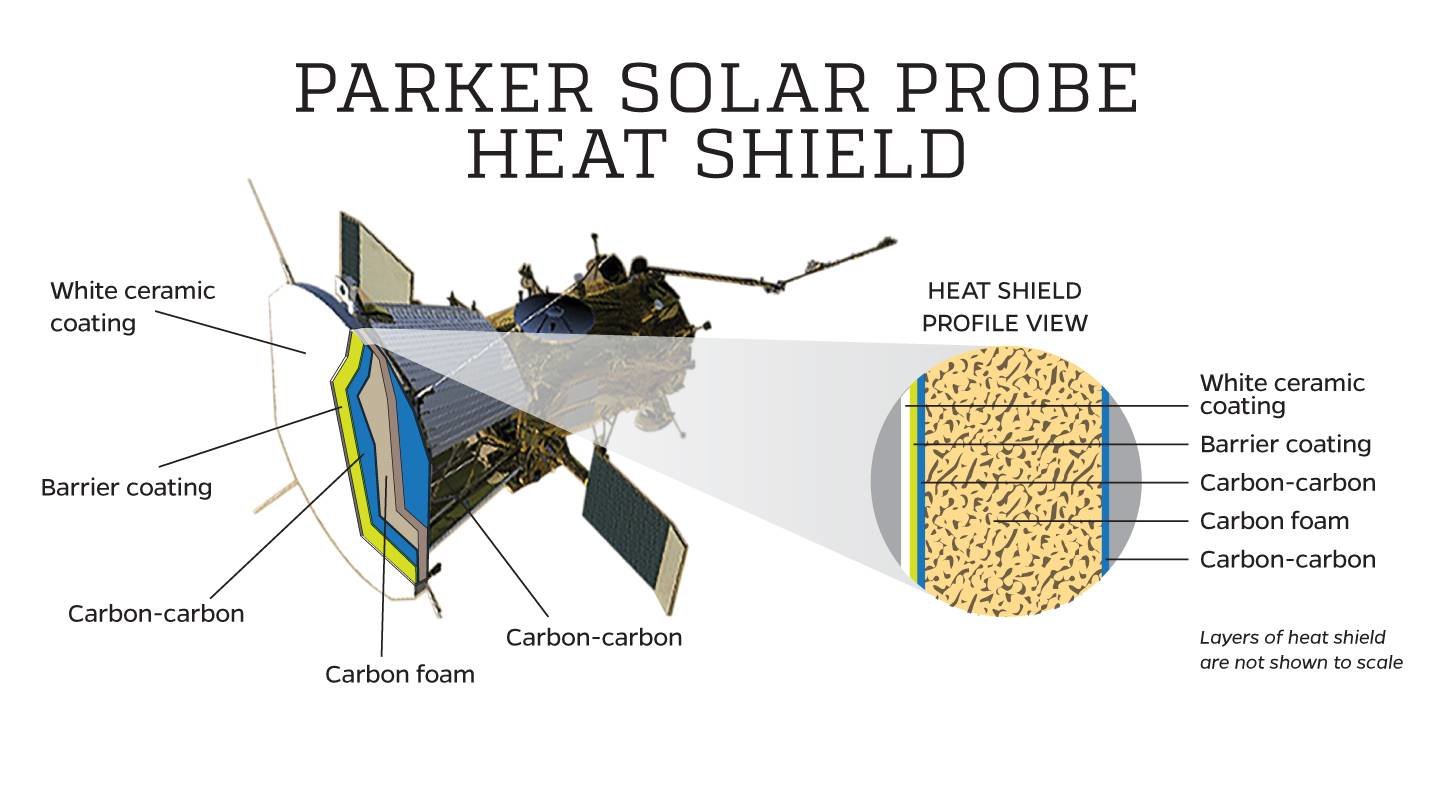
You see the Sun can be quite violent at times, remember it is really a million and a half kilometer wide hydrogen bomb that’s been going off for over 4 billion years now. Explosions on the Sun’s surface are common and can result in what are called Coronal Mass Ejections (CMEs) that can hurl billions of tons of plasma away from the Sun. And the closer you get to the Sun the more likely it is that sooner or later you’ll get hit by a CME.
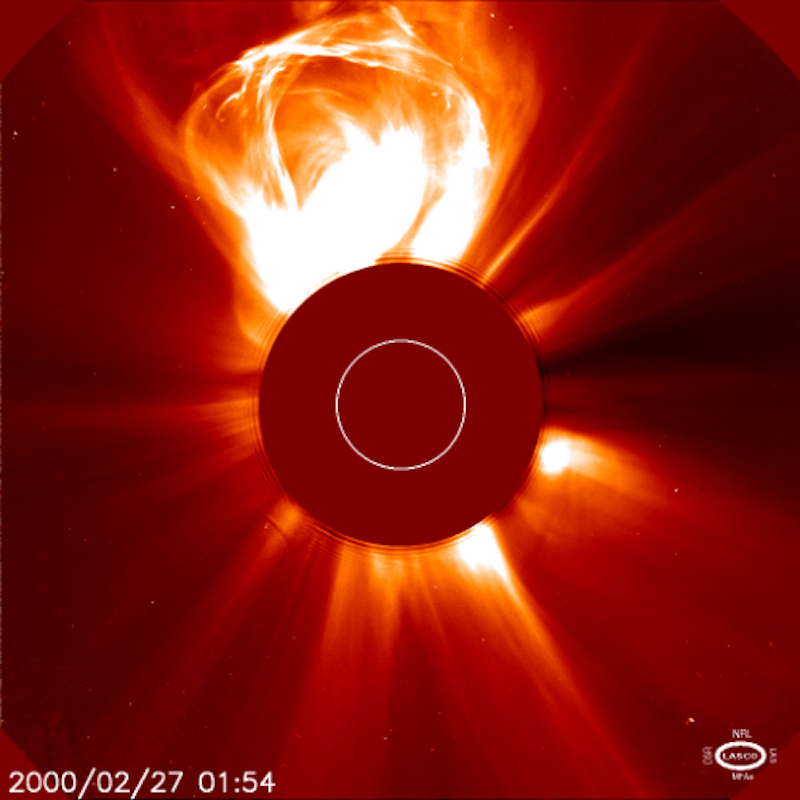
That’s exactly what happened to the Parker Solar probe last September. In fact that CME was one of the most powerful ever observed. Well protected by its massive heat shield Parker not only survived the two day long ordeal but the probe actually succeeded in filming the CME as it went by. You can watch that video by clicking on the link below. https://www.youtube.com/watch?v=FF_e5eYgJ3Y
The Sun’s eleven year sunspot cycle is expected to peak in 2025 or 26 and the Parker probe’s trajectory was designed so that it will make its closest approaches at just that time. So Parker will almost certainly encounter even more violent CMEs in the years to come. It’s important to learn all that we can about these powerful events because as our society grows ever more dependent on electrical power and electronics in general the threat of a CME striking our planet and causing massive damage to our infrastructure grows as well.
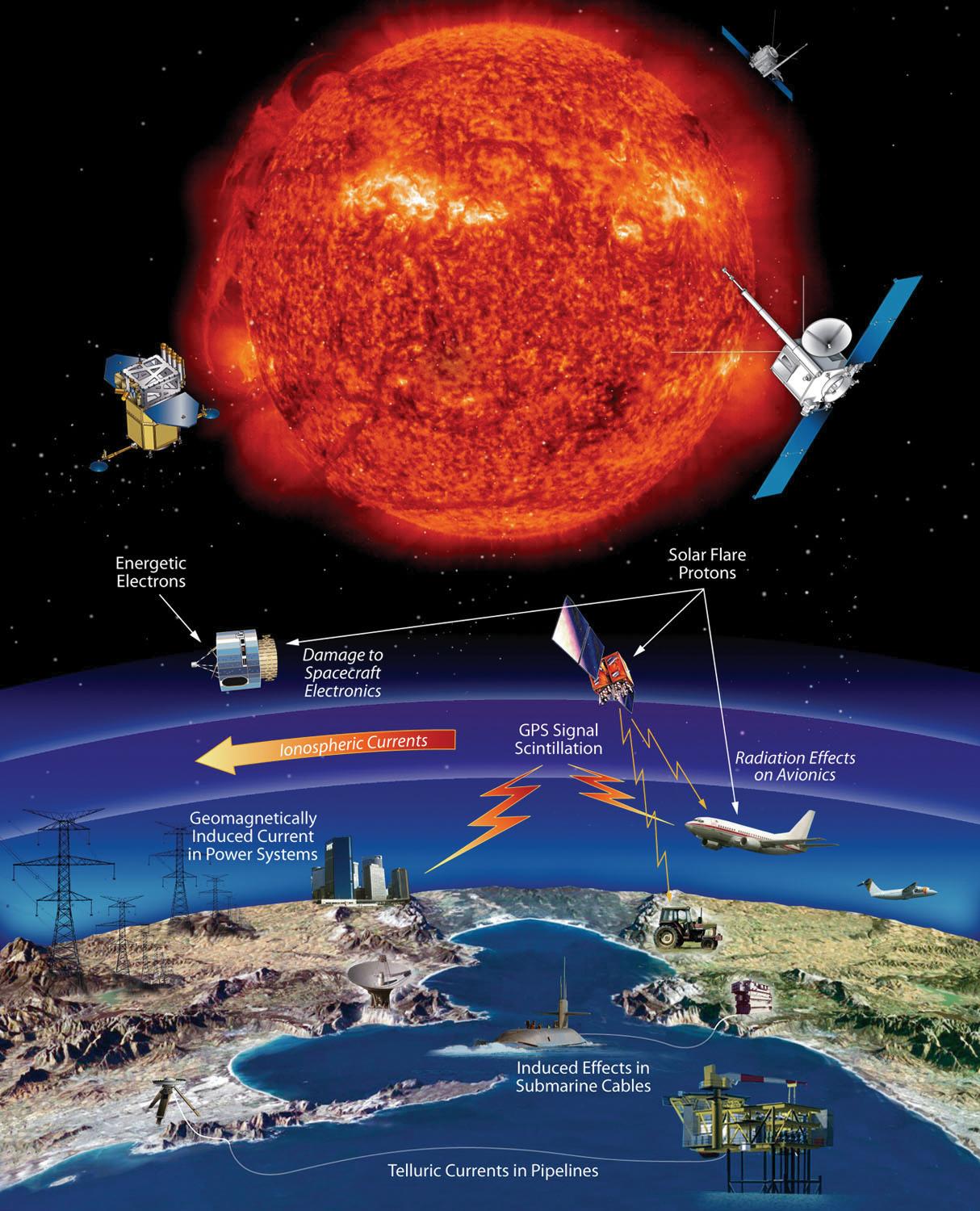
While the Parker Solar Probe faces extraordinary hazards as it gets ever closer to the Sun space is a dangerous place for any spacecraft. That danger was illustrated by what appears to be the fate of India’s Chandrayaan 3 probe that landed at the Moon’s south polar region just last month.

The success of Chandrayaan 3 made India only the fourth nation to land a probe on the Lunar surface and the first to land near the south pole where it is hoped water ice may be hidden at the bottom of some craters, see my post of 9 September 2023. Chandrayaan landed at the start of the two week long lunar day, sending back priceless data on conditions at the South Pole. Chandrayaan even deployed a small rover vehicle that puttered around the main lander making further measurements.
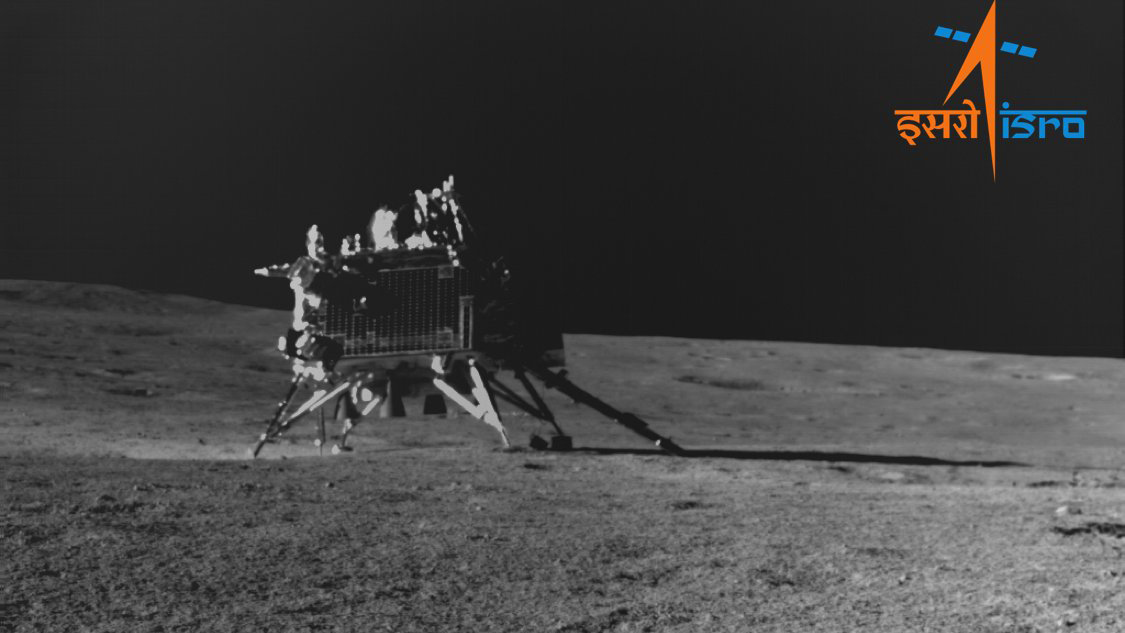
At the end of the lunar day both the rover and the main lander were ordered to go into a sleep mode for the two week long lunar night during which time the probe’s solar cells would not be able to generate power and the outside temperature could drop to well below -200º C. Even doing so there was no guarantee that either the lander or rover would survive the ordeal.

At the moment it appears Chandrayaan 3 has not survived. Engineers at the Indian Space Research Organization (Isro) report that they have not received any signals from the spacecraft and hopes are diminishing that it will revive. Nevertheless Chandrayaan’s mission was a success, a success that told us a great deal about our Moon’s south polar region.
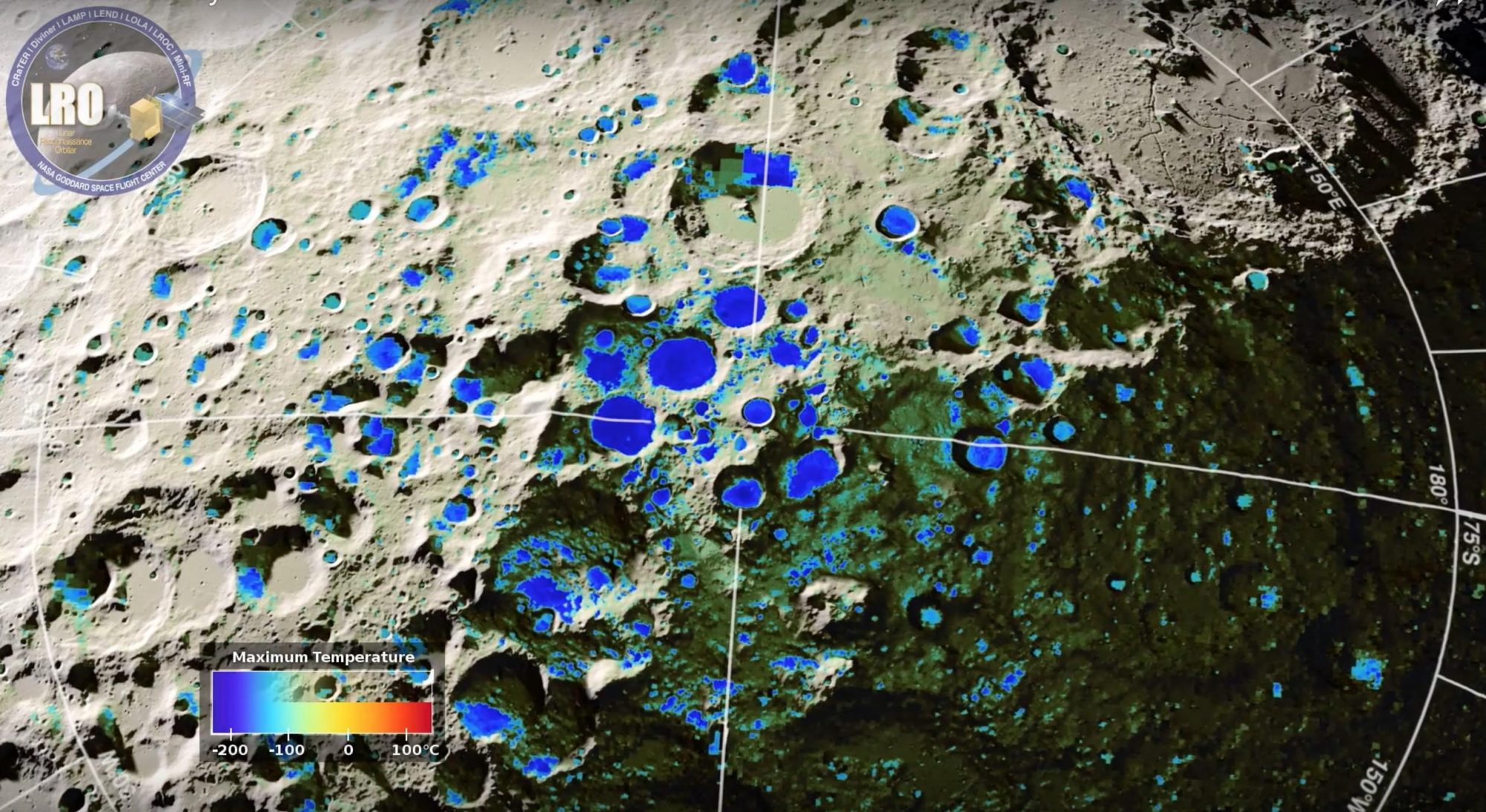
The knowledge sent back to Earth by missions like OSIRIS-Rex, Parker and Chandrayaan make taking the risks of those missions well worth the effort.

